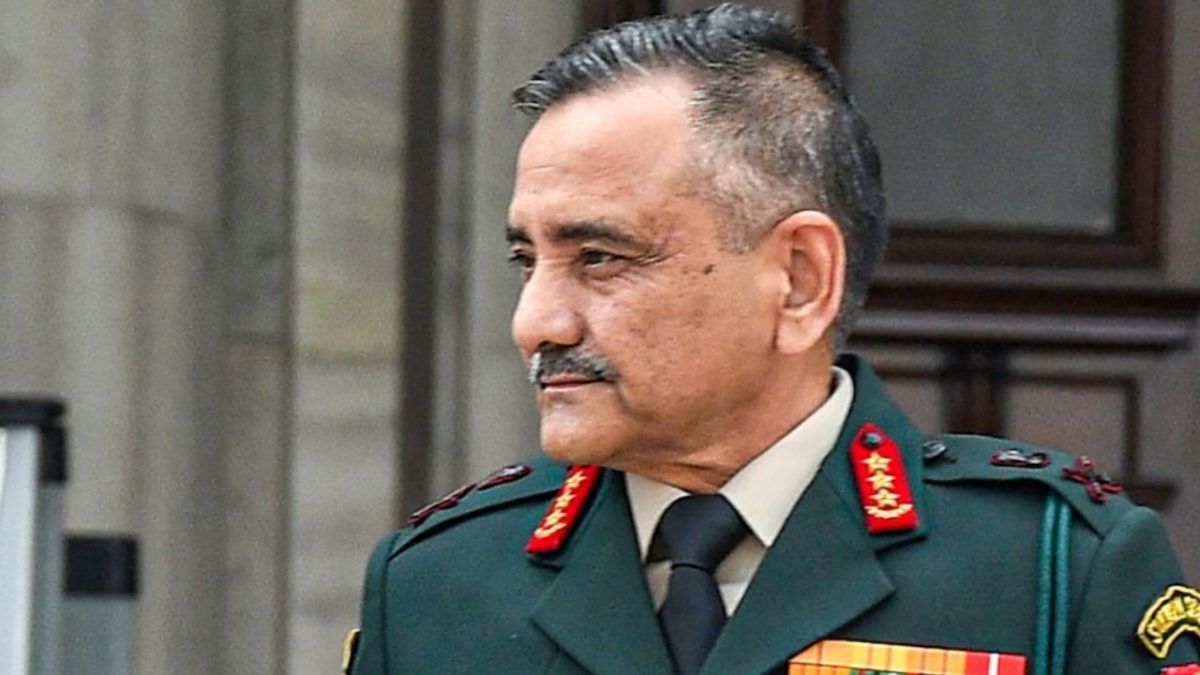Reflecting on Operation Sindoor , Chief of Defence Staff General Anil Chauhan noted on Wednesday(July 16) that Pakistan had deployed unarmed drones and loitering munitions on May 10 at the peak of the conflict , but none of the attacks were successful and caused no damage to Indian military infrastructure.
“During Operation Sindoor, on May 10, Pakistan used unarmed drones and loitering munitions . None of them inflicted any damage to Indian military or civil infrastructure. Most were neutralised through a combination of kinetic and non-kinetic means, and some were even recovered in almost intact condition," General Chauhan said.
Chief of Defence Staff General Anil Chauhan on Wednesday also stressed the urgent need to modernise the armed forces’ weapon systems, stating that today’s wars must be fought with tomorrow’s technology.
Speaking at a workshop on the indigenisation of UAV and Counter-Unmanned Aerial Systems (C-UAS) in New Delhi, General Chauhan praised the use of indigenous weapons during Operation Sindoor and underlined the importance of investing in and building India’s defence capabilities.
“You can’t win today’s warfare with yesterday’s weapon systems. Today’s warfare has to be fought with tomorrow’s technology," CDS Chauhan said.
In response to the terror attack in Pahalgam on April 22 by Pakistani backed and based terrorists, India had launched precision strikes on nine militant camps in Pakistan and Pakistan-Occupied Kashmir (PoK), targeting key bases of groups such as Jaish-e-Mohammed, Lashkar-e-Taiba, and Hizbul Mujahideen, in locations at Bahawalpur and Muridke.
Impact Shorts
More ShortsThough, in its old tactical policy of bleeding into a thousand cuts, Pakistan showed an aggressive approach rather than settling down the matter. Pakistan has a long history of backing and training terror groups for the advantage of the state.
)